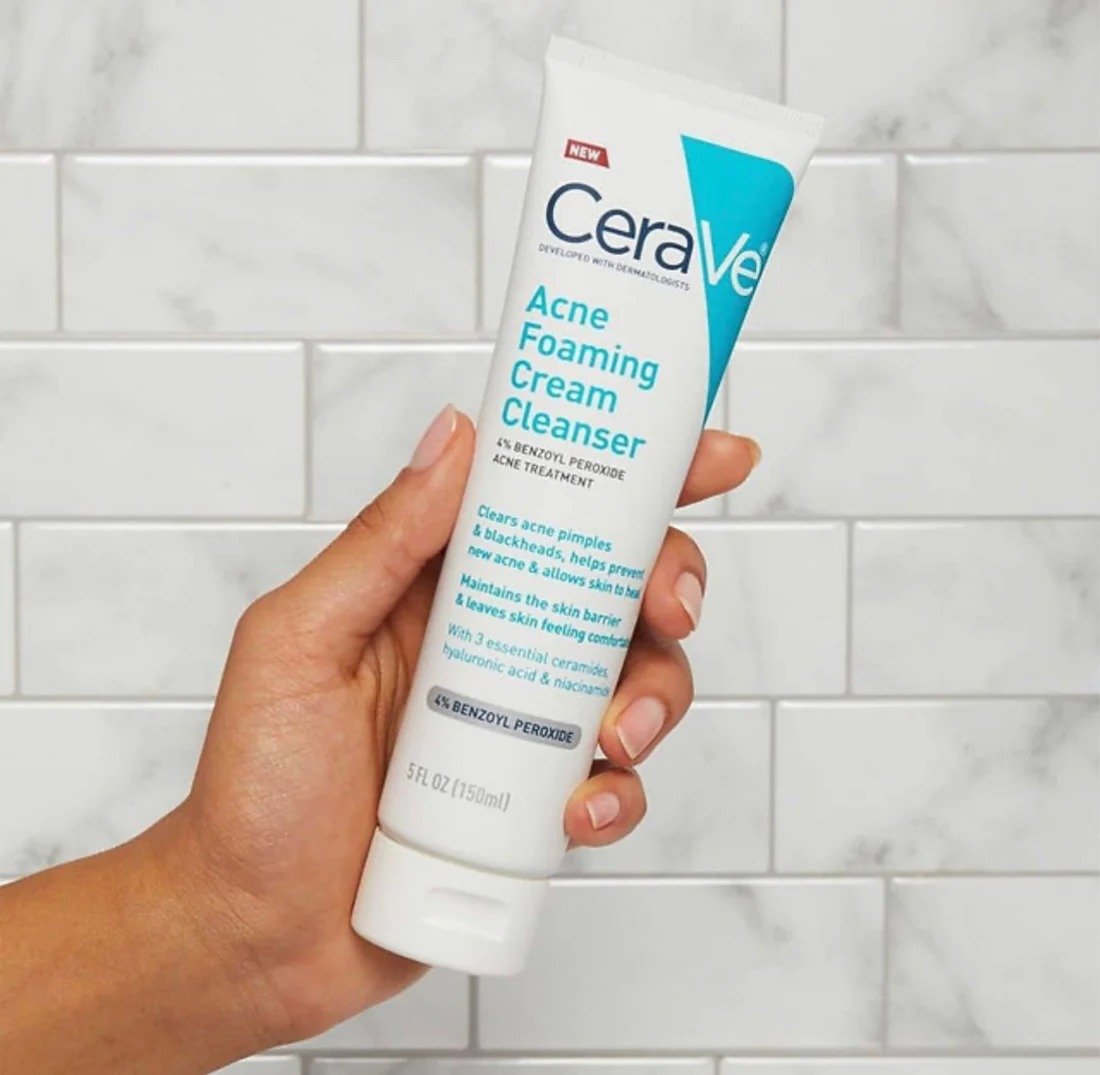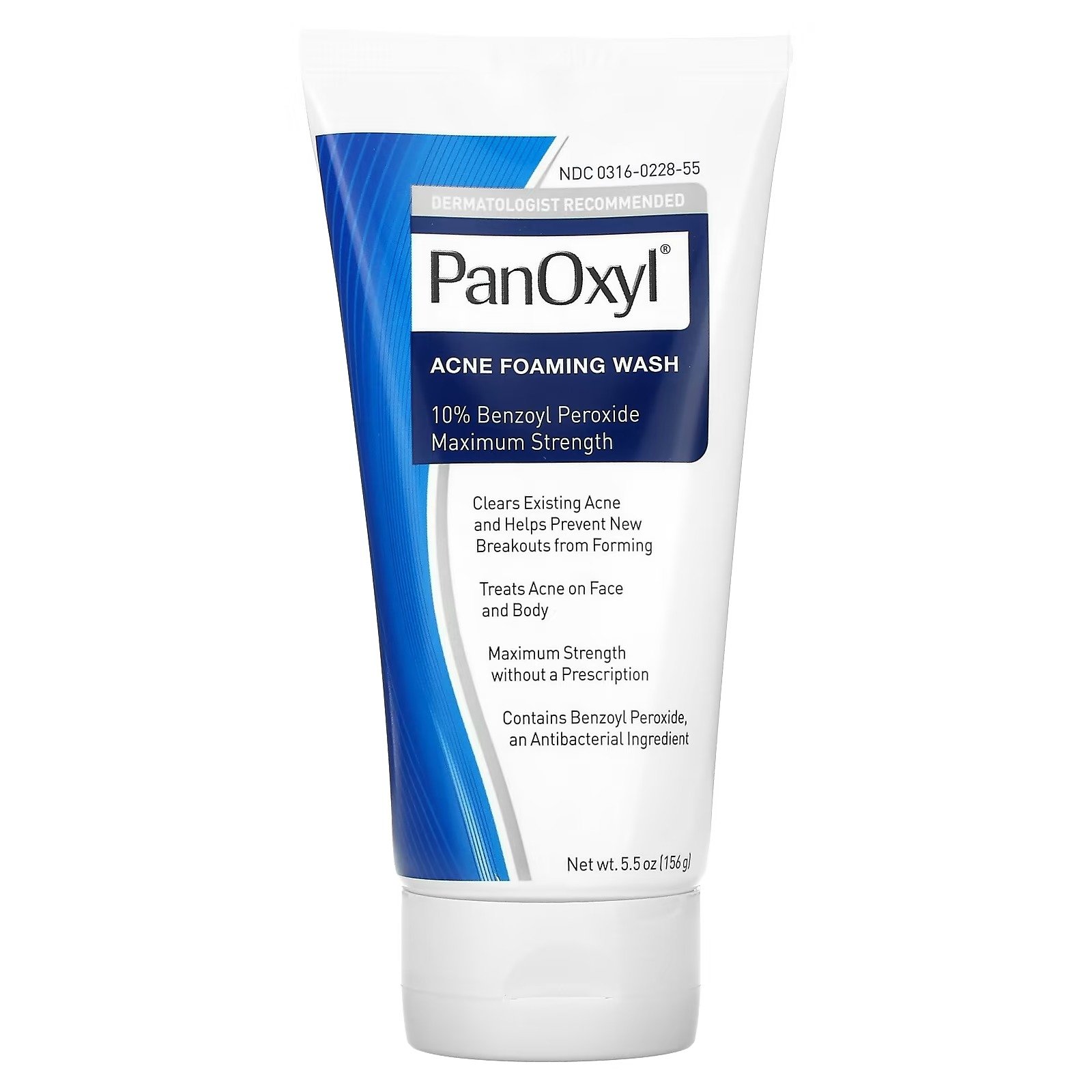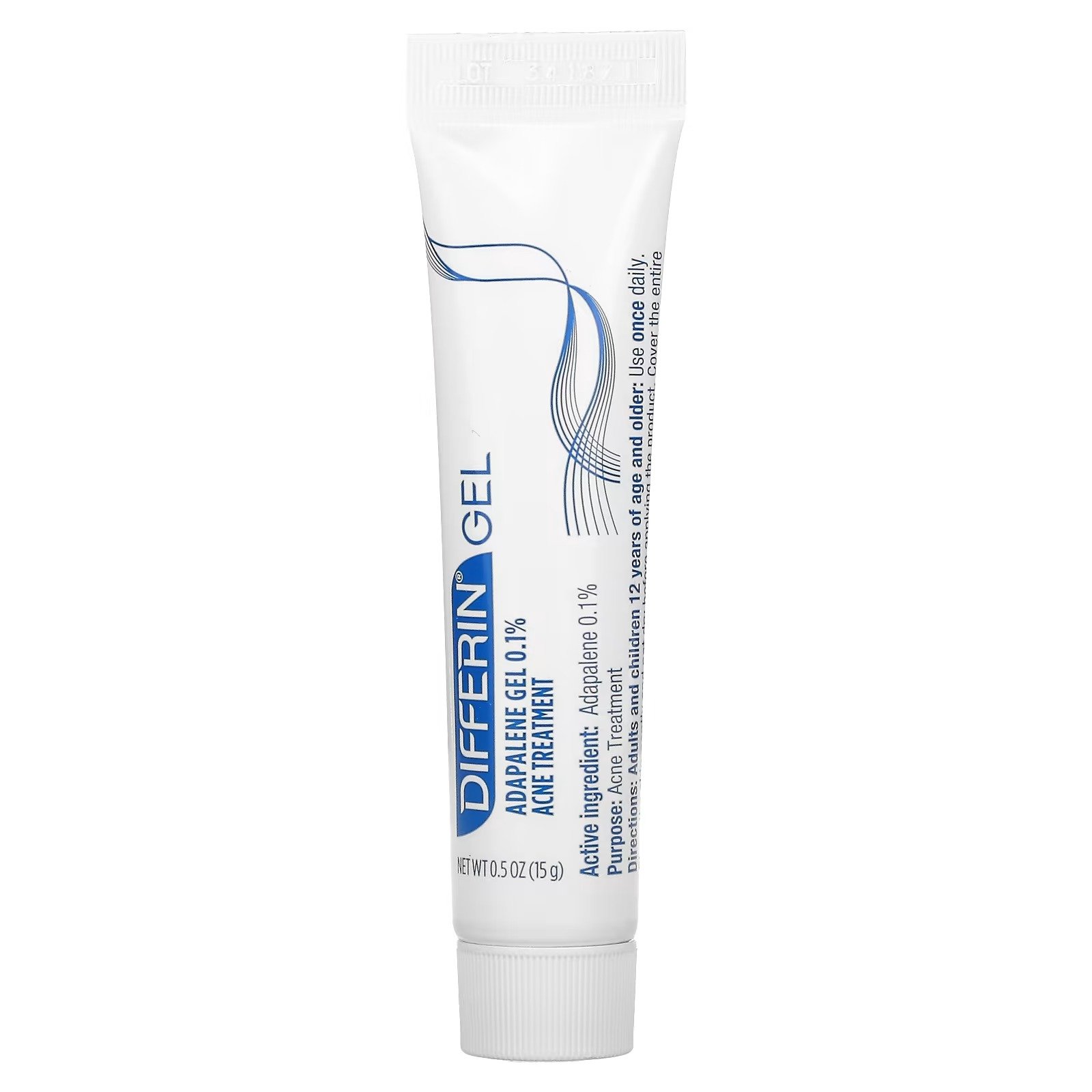Combatting Body Acne: Strategies and Solutions for Clearer Skin
IN THIS ARTICLE
I've noticed a significant uptick in inquiries about body acne lately, and it seems like many people are struggling with it more than usual. Whether it's stress or the approaching summer season prompting a desire to reveal more skin, the issue of dealing with blemishes on the chest, back, shoulders, and buttocks is becoming increasingly common.
I'm here to shed some light on the causes of body acne and provide recommendations for managing it effectively. Body acne shares many similarities with facial acne, primarily involving clogged pores, excess oil production driven by hormonal and genetic factors, and inflammation caused by acne-causing bacteria. However, the density and size of oil glands on the back can result in more severe and potentially scarring bumps compared to facial acne.
Understanding Body Acne and Folliculitis
Another type of skin condition often mistaken for acne is folliculitis, which is characterized by inflammation of hair follicles due to factors such as friction, bacteria, yeast, or fungal infections. Distinguishing between acne and folliculitis can be challenging, but the treatment approach is generally similar, focusing on intervention to prevent long-term issues like pigmentation and scarring.
While the underlying causes of body acne mirror those of facial acne, friction plays a more significant role in exacerbating the condition. Tight clothing, backpack straps, yoga mats, and other sources of friction can increase the likelihood of clogged pores and acne development.
Now, let's delve into strategies for addressing body acne and folliculitis, as I understand that's what you're most interested in. However, if you're dealing with severe acne that is causing scarring, I strongly advise seeking guidance from a dermatologist for personalized treatment options, which may include prescription medications for faster and more effective results.
I often encounter friends who have postponed visiting a dermatologist or lacked access to one, leading to severe scarring that could have been prevented. It's crucial to recognize that certain forms of acne necessitate professional treatment. If you suspect your acne is more severe than average, seek dermatological assistance promptly.
Behavioral Modification: Key to Managing Body Acne
Behavioral modification stands as the primary approach to addressing body acne and folliculitis. While effective products exist, changing underlying habits is essential for significant improvement. For instance, pay attention to how sweat and friction impact your skin during workouts. Investing in moisture-wicking clothing can be beneficial, as it reduces friction and prevents pore blockages. Additionally, avoid lounging around in sweaty workout gear to minimize bacterial and yeast buildup on the skin.
Regularly cleaning workout equipment and opting for loose-fitting clothing are also key steps in combating body acne. Physical exfoliation, like scrubbing or using abrasive products, should be avoided as it can worsen irritation and disrupt the skin's barrier.
Effective Products and Ingredients
Now, let's delve into effective products and ingredients for treating body acne. Benzoyl peroxide is a highly recommended ingredient due to its oil control, anti-inflammatory, and antimicrobial properties. Using a benzoyl peroxide body wash is my preferred method, as leave-on products can bleach fabrics like towels and sheets. By incorporating benzoyl peroxide correctly, you can effectively manage body acne and folliculitis.
Utilizing benzoyl peroxide as a wash rather than a leave-on product significantly reduces the likelihood of lingering residue on the skin. Moreover, its potential for causing irritation is minimized when used as a wash with brief contact time, as opposed to extended exposure through gels or creams. An added advantage of benzoyl peroxide washes is enhanced compliance (i.e. you’ll use it more consistently). Incorporating it into your shower routine makes regular use simple, ensuring its effectiveness. However, it's crucial to allow the wash to remain on the skin for two to five minutes before rinsing for optimal results.
To facilitate this, a simple strategy involves timing the application with a four-minute shower song. Alternatively, applying benzoyl peroxide before showering allows for pre-shower absorption, followed by rinsing upon entering the shower.
Various benzoyl peroxide washes are available, commonly labeled as face or body washes. Popular options include CeraVe Acne Foaming Cleanser with 4% benzoyl peroxide, Neutrogena Clear Pore Cleanser with 3.5% benzoyl peroxide, and Panoxyl's 4% and 10% benzoyl peroxide washes. Despite differing strengths, efficacy remains basically the same, with higher concentrations posing a slightly higher risk of irritation.
Another class of ingredients that can be beneficial for addressing body acne are retinoids. Retinoids, derived from vitamin A, enhance regular cell turnover, thereby reducing the likelihood of pores becoming clogged. However, not all retinoids are equal, and many effective ones are only available by prescription.
One over-the-counter retinoid worth mentioning is Adapalene. Adapalene is approved for acne treatment and can be highly effective. Differin is perhaps the most well-known brand of Adapalene available without a prescription, while La Roche Posay also offers another quality option. Gently apply a thin layer to affected areas post-shower and after thorough drying. It's important to note that Adapalene is not meant for spot treatment but rather for broad application to acne-prone areas to prevent future breakouts.
Stay Informed, Stay Acne-Free!
Despite their efficacy, retinoids can have side effects, with irritation being the most common. However, compared to facial use, retinoids typically cause less irritation when applied to the chest and back. To minimize the risk of irritation, it's advisable to start with a once or twice weekly application, gradually increasing to three or four times a week if tolerated well. Rushing into nightly use can heighten the risk of irritation and potentially worsen acne.
One overlooked benefit of Adapalene is its ability to fade post-inflammatory hyperpigmentation, those lingering dark marks left behind after acne heals. This is due to its promotion of cell turnover and inhibition of pigment synthesis, resulting in gradual improvement in skin tone with consistent use.
Another effective ingredient for combating acne is salicylic acid, a beta hydroxy acid known for its pore-penetrating and exfoliating properties. Salicylic acid is typically gentle, making it suitable for use in body wash formulations. Brands like The Inkey List and Neutrogena offer excellent 2% salicylic acid cleansers. Alternatively, the classic Stridex pads containing 2% salicylic acid are convenient for on-the-go use, particularly for athletes who may not have immediate access to a shower after training.
Lastly, an unconventional but beneficial ingredient for managing stubborn acne is aluminum chloride, found in certain antiperspirants. Aluminum chloride works by reducing sweat production when applied topically, making it particularly useful for conditions like folliculitis exacerbated by sweat and heat. To effectively manage sweating and prevent body acne or folliculitis, it's best to apply the treatment at night, allowing it to work overnight while you sleep. One brand I highly recommend is CertainDri, known for its 12.5 percent aluminum chloride roll-on antiperspirant. It's crucial not to exceed this concentration to avoid potential irritation.
Seeking Professional Help: When to Consult a Dermatologist
While antiperspirants can be beneficial in addressing body acne or folliculitis, they shouldn't be the sole treatment method. If your condition persists despite trying various remedies, seeking professional help from a dermatologist is paramount. It's possible that the bumps may not be related to acne or folliculitis, warranting a different diagnosis and treatment approach. Acne and folliculitis are skin conditions that may require prescription medications for effective management.
If you've struggled with body acne, I'd love to hear about your journey and what treatments you've explored. Remember to like, subscribe, and connect with me on Spotify for more skincare tips and updates. Thank you for reading, and I look forward to seeing you in the next article.
About the Author: Caolan
With over a decade of international experience, Caolan's passion lies in simplifying the complex. Now, as the founder of But More Importantly, he applies these talents to the world of cosmetics, aiming to unmask marketing hype and provide readers with the truth about beauty products. His mission: to help you make informed choices and discover what truly enhances your beauty routine.























